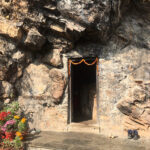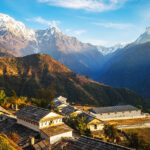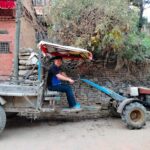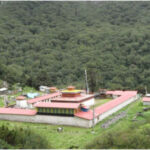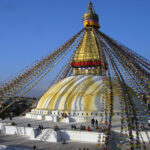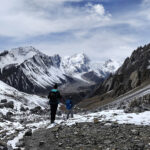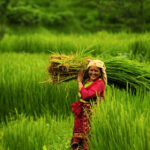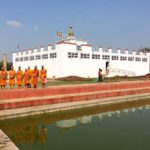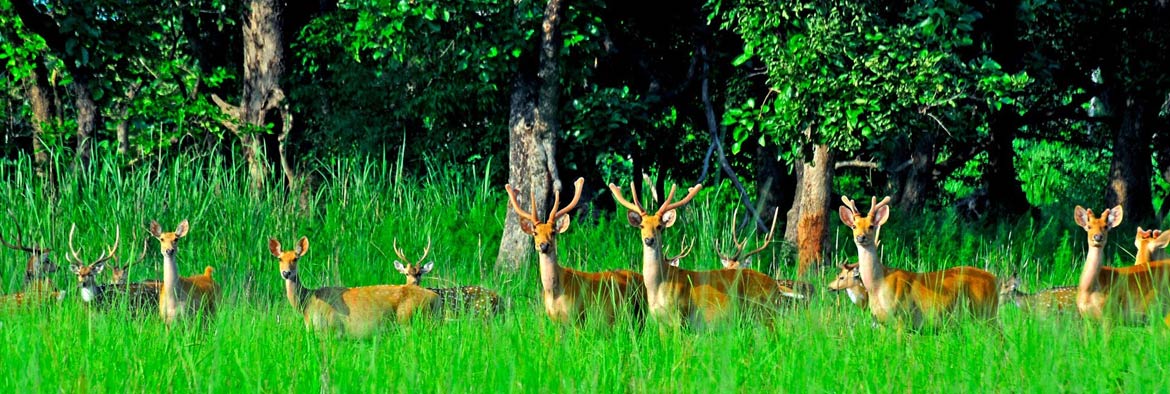
Wildlife Reserves in Nepal
Nepal, a land of diverse ecosystems, is home to some of the most remarkable wildlife reserves in South Asia. Tucked between the towering Himalayas and the lowland Terai plains, Nepal’s wildlife reserves offer sanctuary to rare and endangered species, pristine forests, and vibrant birdlife. These reserves are a haven for nature lovers, wildlife photographers, and eco-conscious travelers seeking a deeper connection with the natural world.
Visiting Nepal’s wildlife reserves provides not only an opportunity to see exotic wildlife in their natural habitat but also to support conservation efforts and experience the peaceful beauty of Nepal’s untouched wilderness. A perfect escape for those seeking authentic nature-based adventures.
Koshi Tappu Wildlife Reserve
Koshi Tappu was gazetted in 1976 AD. With the covering area of one hundred square kilometers (100 sq. km.), it is situated in the eastern part of Nepal. The reserve is spread on the flood plains of the Sapta Koshi River.
When To Visit?
The best season to visit the park is the favorable months ranging from October to April because in the mid summer (June-July) the temperature rises straight up to 40°C with high humidity.
Parsa Wildlife Reserve
Parsa Wildlife Reserve is located at the central zone of Nepal, occupying parts of Chitwan, Makwanpur, Parsa and Bara districts. The reserve was established in 1984 AD. covering an area of four hundred and ninety-nine square kilometers (499 sq. km.)
When To Visit?
The reserve has a subtropical and tropical monsoon climate with high humidity. To visit the reserve it is best in winter (October-December) and summer (January-mid April). In the summer season the temperature ranges 30°C-40°C.
Royal Shuklaphant Wildlife Reserve
Royal Shuklaphant Wildlife Reserve is located in the southern part of far-west Nepal in Kanchanpur district. The reserve was established in 1973 as the Royal Shuklaphant Wildlife Reserve covering an area of 155 sq. km.
When To Visit?
Spring and fall are the best seasons to visit the reserve because the temperature remains 30ºC to 32ºC and rises up to 40ºC whereas in winter it ranges from 10ºC-15ºC.

